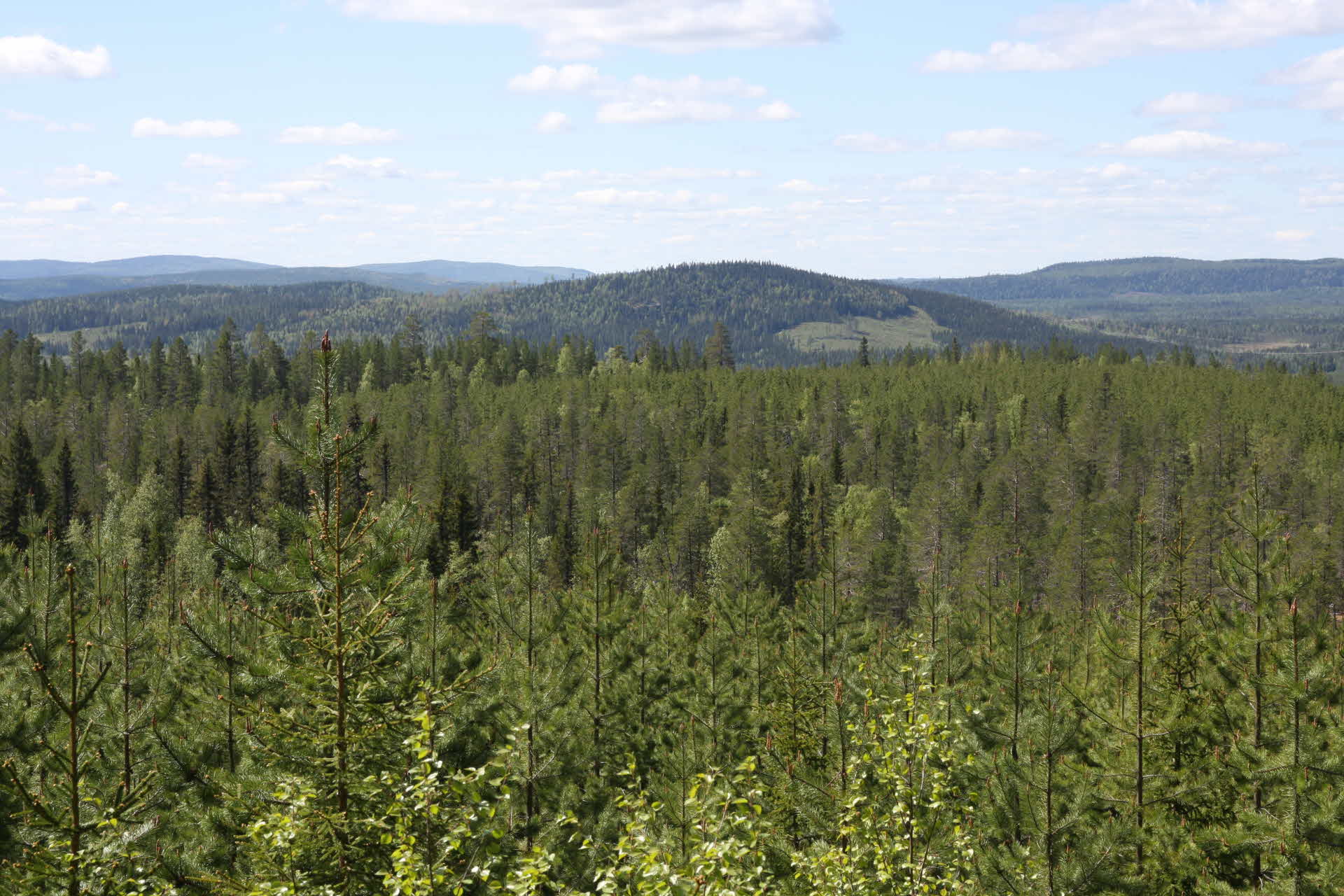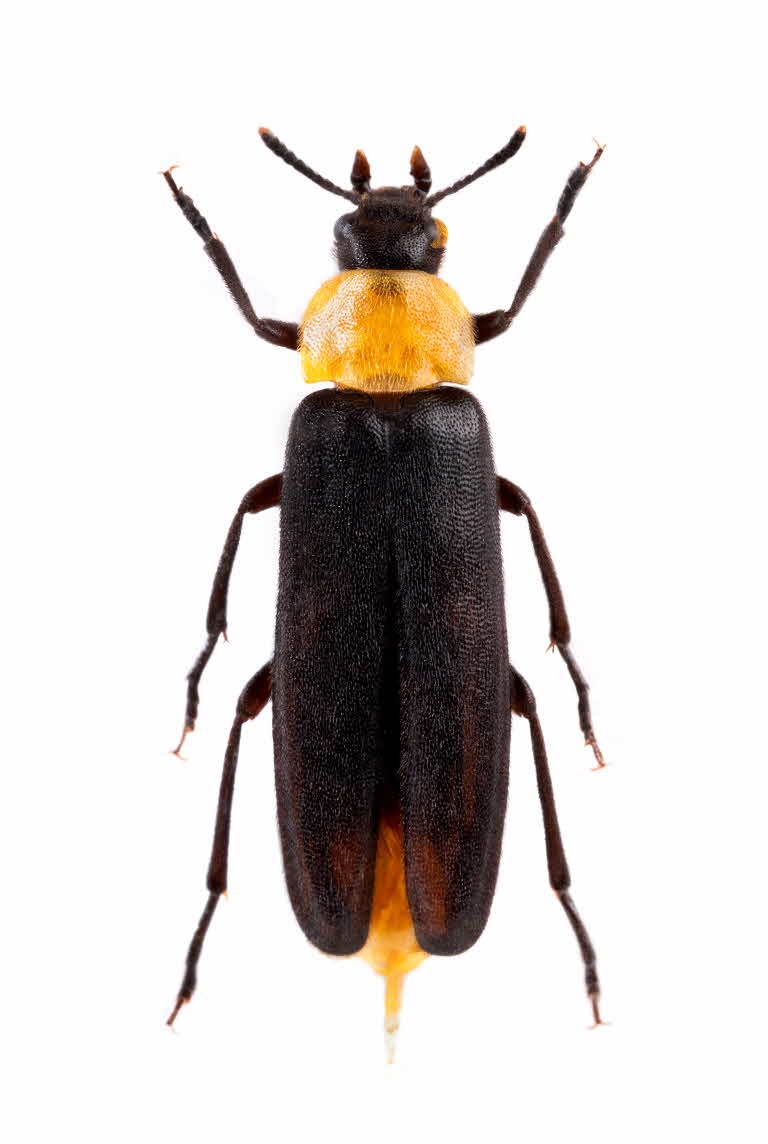
Rare beetle found in SCA’s conservation park
- News
- Forest
The extremely rare beetle species, Phryganophilus ruficollis, has been found in Tjäderberget Conservation Park close to Lycksele. The observation was made by a researcher from SLU last summer. The species has never been found in Västerbotten before and is classified as critically endangered.

The Phryganophilus ruficollis beetle species was found by Mats Dynesius, a researcher at SLU who is studying whether pine forests on exposed bedrock and mires could become key habitats for species that require slow-growing pine trees and/or sun-exposed pine deadwood. He is using two of SCA’s conservation parks for his research.
“We caught four females of the species in an insect trap. They were hatched in a pine tree that died after SCA carried out a controlled burn in the area in 2009. The species is not associated specifically with burned sites, since previous observations in Sweden have often been made in old spruce forest that has not been exposed to fire for a long time. Instead, the Phryganophilus ruficollis beetle seems to be associated with the wood-inhabiting Cinereomyces fungi, which can live in the deadwood of several different tree species in various environments. It is therefore likely that the species has been promoted by the abundant supply of deadwood created by burns on the site, rather than the actual fire,” says Mats.
One of SCA’s designated protected species
The Phryganophilus ruficollis species is classified as critically endangered on the Swedish Red List, which is the second-highest conservation status. The species is also one of SCA’s 203 designated protected species, despite the small number of observations. According to SLU’s Swedish Species Observation System, the beetle has only been found in two places in Sweden – Norrbotten and Ångermanland – over the past 40 years.
“This new observation in Tjäderberget is clear proof that controlled burning in the right place can really promote endangered species,” says Andreas Renöfält, SCA’s forest ecologist.
As part of his research, Mats has also encountered endangered insects before in the conservation park.
“It also seems likely that the critically endangered Acmaeops marginatus species, which thrives in burned pine forests, holds a permanent place in Tjäderberget. I’ve caught it in traps in both 2019 and 2021, and it’s also been found by others. Another endangered insect that I’ve found here as part of my research is the Sphecomyia vespiformis, whose larvae feed on dead wood of deciduous trees.”
Ulf Hallin, SCA’s nature conservation expert who is responsible for the park, is happy about the observation but a little worried about the future preservation of the species.
“It’s always exciting when we find rare species that seem to thrive in our forests. The problem now with preserving the habitats of these species that depend on burned forest and dead wood created by burnings, is that the Sami community, which holds the right to herd reindeer here, has opposed our plans for controlled burning in the park in recent years. But I hope we can reach a good solution soon, so that we can continue to provide suitable habitats for the Phryganophilus ruficollis beetle and other species.
About Phryganophilus ruficollis
A flat, long, thick-legged beetle, about 15 mm long. The yellow-red marking contrasts beautifully with its otherwise black body.